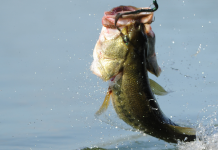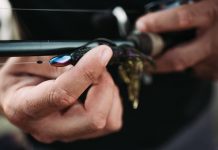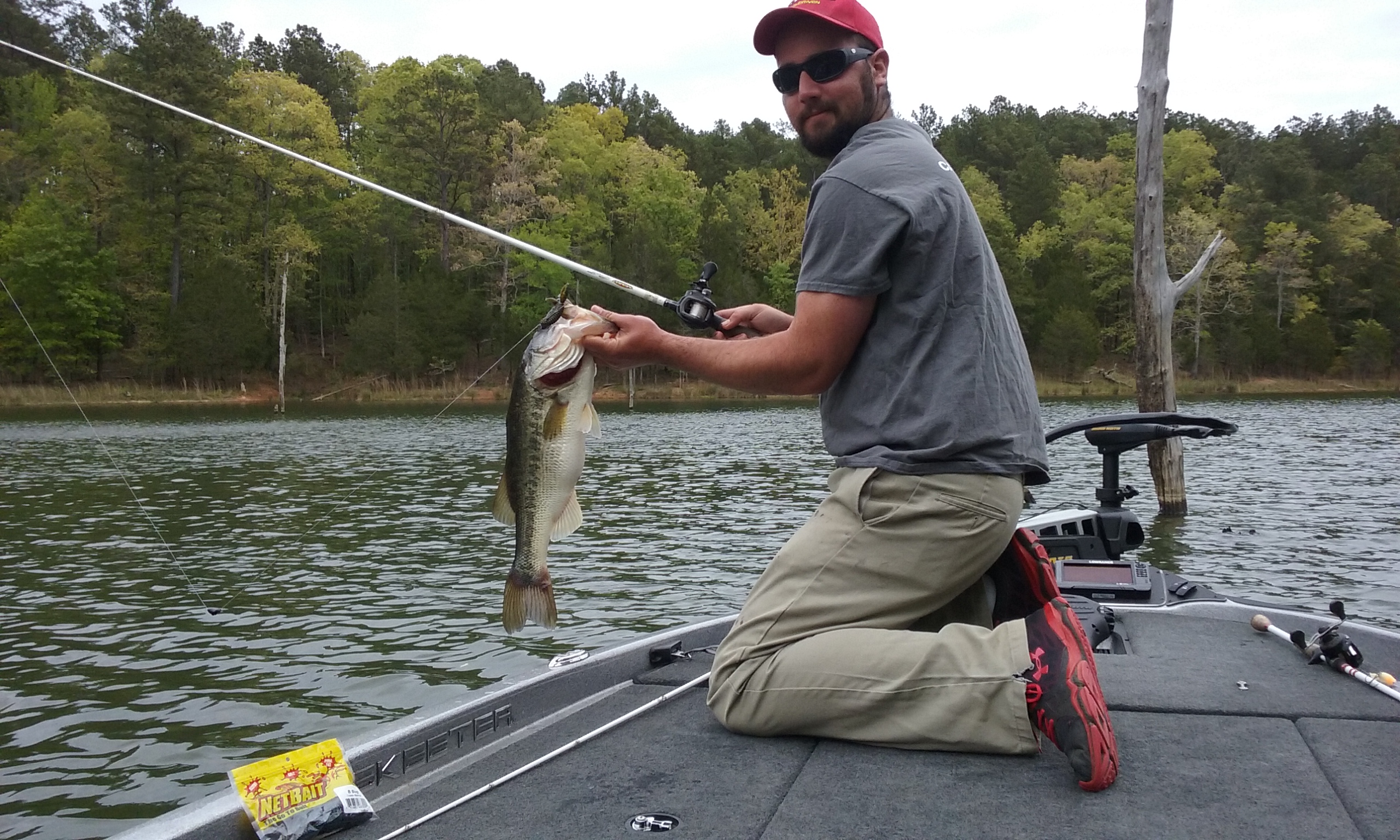I’ve been approached many times this year by people asking me different questions about how weather conditions impact fish behavior, and the biggest question seems to always be around the topic of Barometric Pressure. Quite frankly, there’s a lot to discuss there, and a lot of conflicting research that you’ll find when you try to do a search for it on the internet. So how do you know where to begin, and what information is valuable?
It’s really essential to begin with a basic understanding of what exactly barometric pressure is. What is commonly referred to as “barometric pressure” is actually Atmospheric Pressure, which is measured via a Barometer; thus the term “barometric pressure”. The official definition of Atmospheric Pressure is force per unit area exerted on a surface by the weight of air above that surface in the atmosphere of Earth (of that of another planet). Meteorologists will often depict H and L areas on the map to depict the High and Low pressure fronts that are moving across the country. How each of these fronts are defined in terms of weather conditions depends on the time of year. For instance, in Summer, High Pressure systems lead to warm weather that is often considered to be ideal by most people, as long as severe conditions of heat or drought don’t occur. Low Pressure systems often bring rain, clouds, and cooler temperature. Conversely, High Pressure during Winter months can create colder temperatures, frosts, and prolonged days with little or no sunshine. While Low Pressure typically brings the storms and other hazardous conditions that are often associated with winter.
So since all of the questions that I’ve received in regard to barometric pressure relate to bass fishing, that’s what I’m going to focus on. There’s not a ton of information available on this subject. The information that you do find can be very contradictory from one to the next. You can find published research completed by a Doctor of Biology in Georgia that identifies the ideal range of BP for Largemouth Bass during the summer months to be High Pressure, around 31.00, specifically prolonged periods of high pressure. You can find another report from Wisconsin that argues the ideal range to be a more moderate rate of 30.50 and rising. And myself, would and have told people that the ideal range for largemouth is falling from 30.00-29.00.
So why such diverse opinions on the same subject? The thing that complicates a study like this is that there are a lot of conditions that factor into the results. Stylistic strength, location, user error, and length of study all have impacts on what you will find. For instance, bass in a Georgia lake have grown accustomed to a particular kind of weather that is, traditionally, hot and humid. Bass in New York, are more often subjected to heavy winds and rain showers and cooler temperatures. So your basis from which your research commences is different from one location to the next.
Stylistically, every angler has their own set of strengths and weaknesses. Randall Tharp is a power fisherman, most comfortable with a flipping rod, punching mats. Aaron Martens is known for finesse drop-shot style fishing. KVD for cranking. This is the most influential part of attempting to compile any type of data related to BP because what you’re most comfortable doing is more often than not how you catch your biggest and best fish. This in turn will create a desire in you to want to do this type of fishing more often, and feel more confident in doing it. For example, if I catch a lot of fish on reaction baits (cranks, spinnerbaits, chatterbaits, jerkbaits) and several of those fish happen to be the biggest fish I’ve ever caught in my life, I’m going to feel confident in that and want to do it more often. On the flip side of that coin, if I’m not comfortable flipping, or swimming a jig, or throwing a frog, that can probably be attributed (at least on some level) to results that would indicate that type of fishing was unsuccessful during that particular state of weather. It would almost require an investment of resources of epic proportions on behalf of B.A.S.S. to study each and every contestant, what lure they were using, and how they fared. User error would be another essential component, as it would be difficult to compile results of fish that you didn’t actually manage to fully land either in your boat, or on shore. “Long distance releases” and eyeballing fish that got away don’t count.
Despite all this, BP is still the most crucial weather related information that you need to study to become better at patterning fish behavior. This is why it is essential that you keep a weather journal, like I do, and that you record data as often as possible from all the bodies of water that you fish. When I go to Florida to fish Lake Toho, I don’t use the data that I’ve gathered from Lake Ontario. I will use data from Okeechobee, but the information I have gathered on Toho is my primary focus. When I’m asked by people “What’s the best range of BP?” I tell them all the same thing: I like to use reaction baits, therefor for me personally, my own preferred range of BP when fishing in my home areas in the Northeastern United States (particularly NY) is falling from 30.00-29.00. This is because the fish are actively feeding on the edge of an impending storm. The bass are typically found to be in depths ranging from 5-10 feet of water during this stage, as falling pressure acts like a heavy downforce that pushes the fish from their shallow water comfort zone, into a deeper area of suspension.
The more that I keep gathering data, the better I’m getting at figuring out how bass relate to weather conditions in every body of water. If you start gathering your own data, you can start to see results almost immediately, but those results will only get better over time. Not only will you be able to have the ability to look back at what worked in the past, but it’ll help you formulate your game plan when you use your Weather Underground App, which predicts the BP throughout the day. This allows me to know what to expect before I launch the boat, so I can know when and if I can hope to have a heavy feeding period that day so I adjust accordingly and don’t end up frustrated and abandon a solid game plan at 10 am that wasn’t going to be really effective until 11:30, or that won’t come at all. The more you study it, the more you’ll understand how it relates to you and your fishing experiences. In my next part, I’ll actually analyze how fish respond to types of pressure and changes at a world famous lake that’s a frequent stop by The Bassmaster Elite and Open Series.
![]()
A sample entry in my weather journal that shows when I caught the bass pictured below in relation to the BP at that time.
![]()



